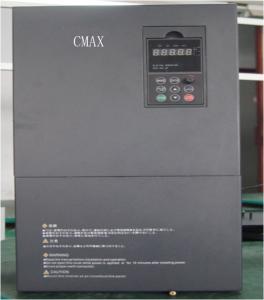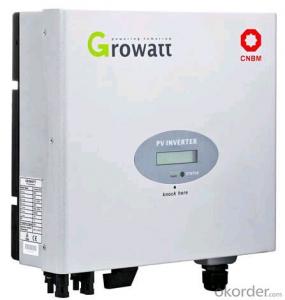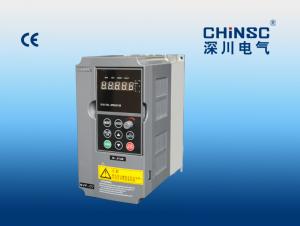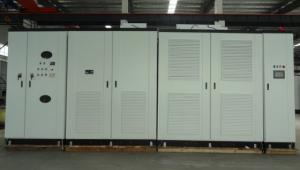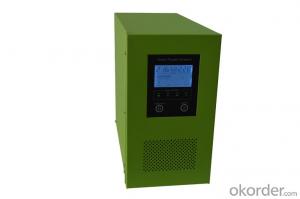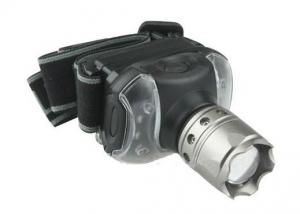3 Kilowatt Solar Inverter
3 Kilowatt Solar Inverter Related Searches
Solar Inverter 3 Kw 3kw Solar Inverter 3 Kva Solar Inverter 3kw Inverter Solar 3kva Solar Inverter 3kv Solar Inverter Solar Inverter 3kva 3kw Solar Hybrid Inverter 3kw Hybrid Solar Inverter 3k Solar Inverter Hybrid Solar Inverter 3kw Solar 3 Phase Inverter 3 Phase Solar Inverter 3 Phase Inverter Solar 3 Kw Solar Inverter Price 3 Phase Solar Power Inverter Growatt Solar Inverter 3kw China Solar Inverter 3kw 3kva Hybrid Solar Inverter Solar Power 3 Phase Inverter Solar Inverter 3kw 220v 3 Mppt Solar Inverter Best 3kw Solar Inverter On Grid Solar Inverter 3kw 3kw Solar Inverter Price 3 Phase Solar Micro Inverter 3 Phase Solar Battery Inverter 3kw Off Grid Solar Inverter 3-Phase Solar Inverter 3 Phase Hybrid Solar Inverter3 Kilowatt Solar Inverter Supplier & Manufacturer from China
The 3 Kilowatt Solar Inverter is a high-performance product designed to convert solar energy into usable electricity for residential and commercial applications. This efficient inverter is capable of handling up to 3 kilowatts of solar power, making it suitable for a wide range of solar panel systems. The 3 Kilowatt Solar Inverter is particularly useful in scenarios where a reliable and efficient power conversion is needed, such as in off-grid solar systems, grid-tied solar systems, and backup power solutions. Its compact design and user-friendly interface make it an ideal choice for those looking to harness the power of the sun for their energy needs.Okorder.com is a leading wholesale supplier of the 3 Kilowatt Solar Inverter, offering a vast inventory of this product to cater to the growing demand for renewable energy solutions. With a strong commitment to quality and customer satisfaction, Okorder.com ensures that each 3 Kilowatt Solar Inverter is thoroughly tested and meets the highest industry standards. By partnering with reputable manufacturers, Okorder.com is able to provide customers with a reliable and cost-effective option for their solar power conversion needs.
Hot Products











